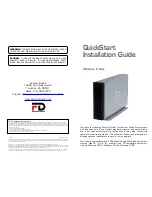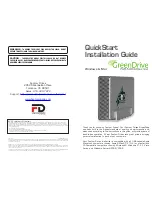
Table 8. Airflow requirements - partial and full rack configurations (continued)
Rack configuration
Number of modules (See
Note 1.)
Cubic feet per minute
(CFM)
Partial (See Note 2.)
14
760
13
700
12
650
11
590
10
530
9
490
6
330
Notes:
1.
Seven (7) and eight (8) module configurations are not supported.
2.
Airflow for partial rack configurations are typical values and are provided for reference
purposes only. To support concurrent capacity upgrades, the client’s site must provide
sufficient airflow space to support a full rack configuration.
Operating environmental requirements
v
Temperature: 10–35°C (50–95° F)
v
Relative humidity: 25% - 80%, noncondensing
v
Maximum wet bulb: 23° C (73.4° F)
v
Maximum operating altitude: 2133 m (7000 ft)
v
Acoustic output: Sound power, LwAu = 8.2 bels
Attention:
Do not locate this system in an environment that is dusty, or that
contains corrosive gases or metallic shavings such as zinc whiskers. See
“Contamination information” for more information.
Contamination information
You must consider the air quality and contamination levels at your installation site.
Airborne particulates (including metal flakes or particles) and reactive gases acting
alone or in combination with other environmental factors, such as humidity or
temperature, might pose a risk to the IBM XIV Storage System hardware. Risks
that are posed by the presence of excessive particulate levels or concentrations of
harmful gases include damage that might cause the IBM XIV Storage System to
malfunction or cease functioning altogether. This specification sets forth limits for
particulates and gases that are intended to avoid such damage. The limits must not
be viewed or used as definitive limits because numerous other factors, such as
temperature or moisture content of the air, can influence the impact of particulates
or environmental corrosives and gaseous contaminant transfer.
In the absence of specific limits that are set forth in this document, you must
implement practices that maintain particulate or gas levels that are consistent with
the protection of human health and safety. If IBM determines that the levels of
particulates or gases in your environment have caused damage to the IBM XIV
Storage System, IBM might require implementation of appropriate remedial
measures to mitigate such environmental contamination before providing repair or
replacement of the IBM XIV Storage System. Implementation of such remedial
measures is a customer responsibility.
10
IBM XIV Storage System Introduction and Planning Guide
|
|
|
|
|
|
|||
||
||
||
||
||
||
|
|
|
|
|
|
|
|
|
|
|
|
|
|
|
|
|
|
|
|
|
|
|
|
|
|
Summary of Contents for XIV STORAGE SYSTEM
Page 2: ......
Page 6: ...iv IBM XIV Storage System Introduction and Planning Guide...
Page 8: ...vi IBM XIV Storage System Introduction and Planning Guide...
Page 10: ...viii IBM XIV Storage System Introduction and Planning Guide...
Page 22: ...2 IBM XIV Storage System Introduction and Planning Guide...
Page 28: ...8 IBM XIV Storage System Introduction and Planning Guide...
Page 36: ...16 IBM XIV Storage System Introduction and Planning Guide...
Page 42: ...22 IBM XIV Storage System Introduction and Planning Guide...
Page 46: ...26 IBM XIV Storage System Introduction and Planning Guide...
Page 52: ...32 IBM XIV Storage System Introduction and Planning Guide...
Page 61: ......
Page 62: ...U S A GA52 1327 07...















































